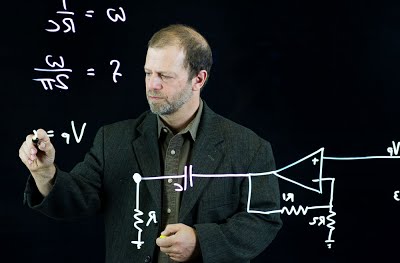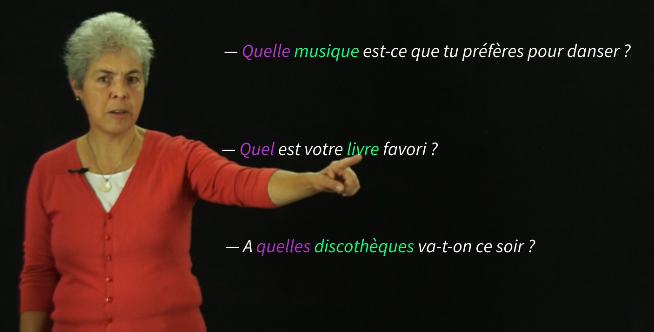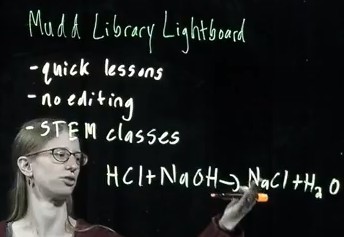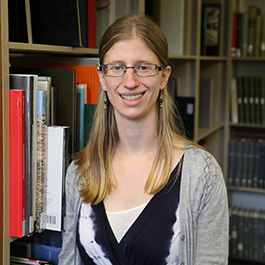 Becca Greenstein, STEM Librarian at Northwestern University Libraries, is interested in incorporating social justice principles into STEM librarianship. She provides interdisciplinary research support to STEM scholars and departments. She joined Northwestern Libraries in July 2017 after doing an internship with the Environmental Protection Agency Library. Greenstein earned a bachelor’s from Carleton College, and a Master of Science in Library Science from the University of North Carolina Chapel Hill. She recently guest wrote the following article about how a technology tool, the lightboard, can support active learning.
Becca Greenstein, STEM Librarian at Northwestern University Libraries, is interested in incorporating social justice principles into STEM librarianship. She provides interdisciplinary research support to STEM scholars and departments. She joined Northwestern Libraries in July 2017 after doing an internship with the Environmental Protection Agency Library. Greenstein earned a bachelor’s from Carleton College, and a Master of Science in Library Science from the University of North Carolina Chapel Hill. She recently guest wrote the following article about how a technology tool, the lightboard, can support active learning.
 Recently, instructors in many fields, including librarianship, have moved away from the traditional front-of-class lecture model, where students are passive vessels waiting for the instructor to fill them with knowledge. Instead, many instructors have employed feminist pedagogy by using alternatives to this method, such as active learning, group discussions, and flipped classrooms. This teaching style leads to a classroom where students’ opinions are respected, and the faculty member is not seen as the sole source of knowledge.
Recently, instructors in many fields, including librarianship, have moved away from the traditional front-of-class lecture model, where students are passive vessels waiting for the instructor to fill them with knowledge. Instead, many instructors have employed feminist pedagogy by using alternatives to this method, such as active learning, group discussions, and flipped classrooms. This teaching style leads to a classroom where students’ opinions are respected, and the faculty member is not seen as the sole source of knowledge.
The lightboard is a tool that helps instructors create innovative teaching material. It’s a glass chalkboard pumped full of light and is used for recording video lectures. Instructors write on the lightboard as if it were a normal chalkboard, and their writing glows in front of them. Unlike in a traditional classroom, the instructor can face their students as they write. Once recording is complete, there are no post-production steps. The video is saved on a flash drive and can be immediately emailed to students or added to a web page.
Michael Peshkin, a professor in mechanical engineering at Northwestern, developed the lightboard technology. When the lightboard was housed in the Northwestern University Technological Institute from 2013-2017, it was accessible only to a few people. In fall 2017, it was moved to the newly renovated Mudd Library on north campus, and is now available for any Northwestern affiliate to use.

The lightboard is well-suited for STEM and language classes; instructors in those fields appreciate the ability to write equations, draw diagrams, or decline verbs on the lightboard, and then interact with their writing. Lightboard users can incorporate PowerPoint slides or videos, and gesture to or highlight certain aspects of images on the slides. Instructors can also incorporate props into their presentations.
There are multiple uses for lightboard videos. For example, in the previously mentioned flipped classroom model, instructors can ask their students to watch lightboard videos before class. During class time, the students can then apply the knowledge in group activities or discussions. Using the lightboard, instructors in Northwestern’s distance learning programs have made multiple videos for online students.
The lightboard benefits visual learners (those who learn by looking) and auditory learners (those who learn by listening). It is especially helpful to students who have trouble taking notes and listening simultaneously — they can easily pause the video to take notes and then restart it. All students appreciate the ability to go back to the video as needed.
Soon after the Mudd Library studio opened, I had the opportunity to make a lightboard video for use as a marketing tool. I practiced using the lightboard technology, watched other demo videos, and read through the content of the lightboard website to help me make my script. Its original purpose was to show during our faculty open house in February 2018, but since then, I have successfully incorporated it into many of my Mudd tours.
The video can be accessed from the Mudd technology and general technology pages on the library website. It can also be found on our YouTube channel, and has had 137 views to date. In addition to this blog post, I’ve also given three conference presentations about the lightboard and am working on a book chapter about the usage of technology, including the lightboard, in Mudd. I hope to make more lightboard videos this coming quarter for use in Northwestern’s required first-year engineering Design Thinking and Communication class.





